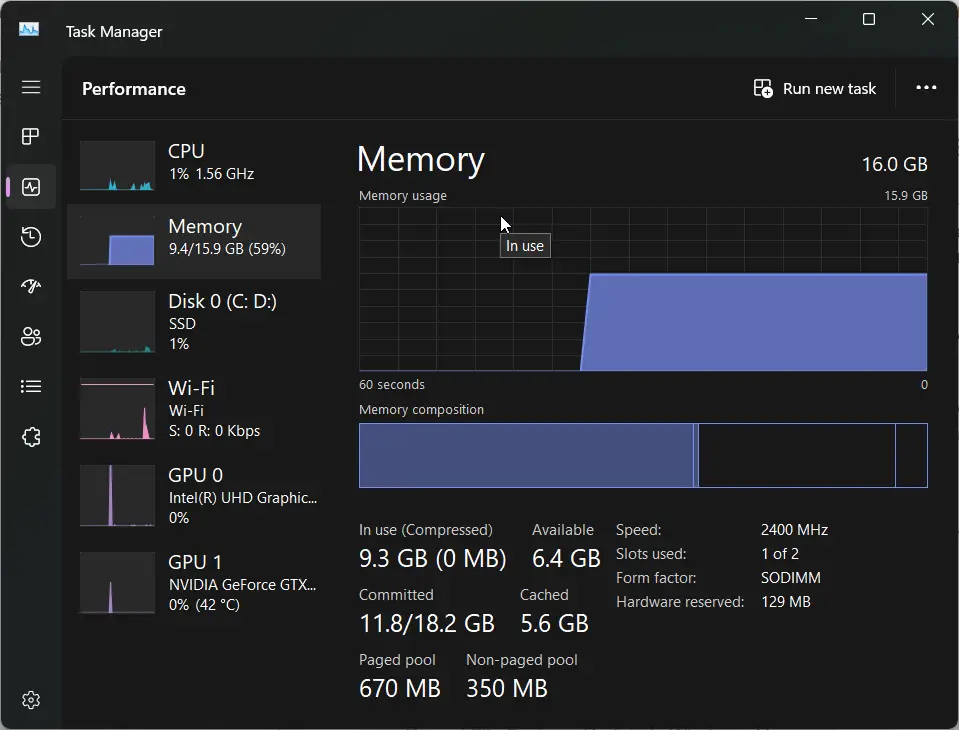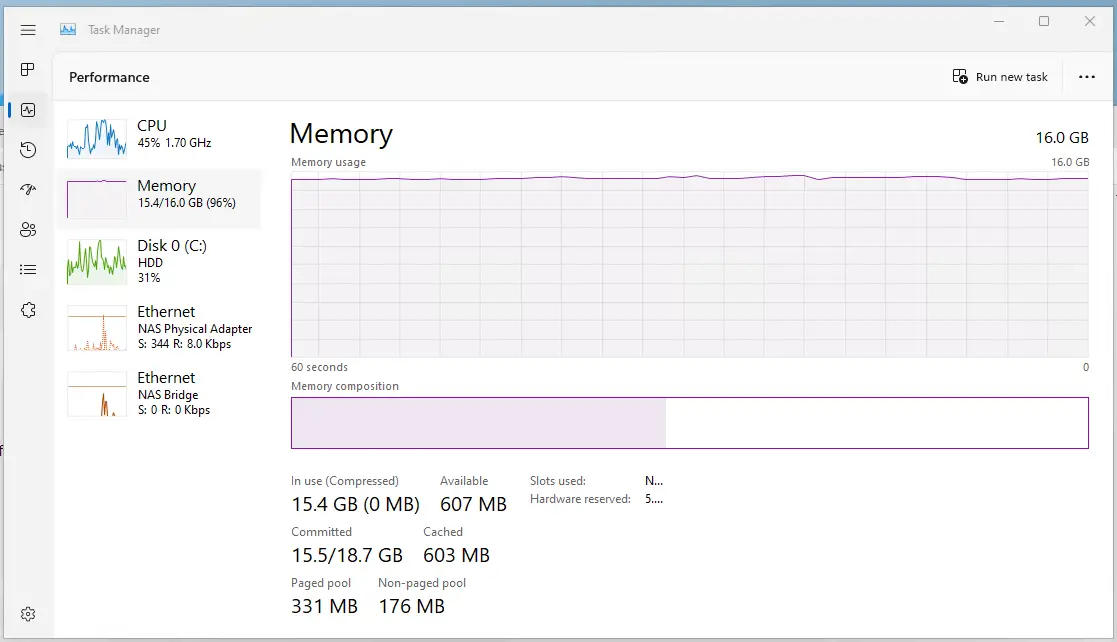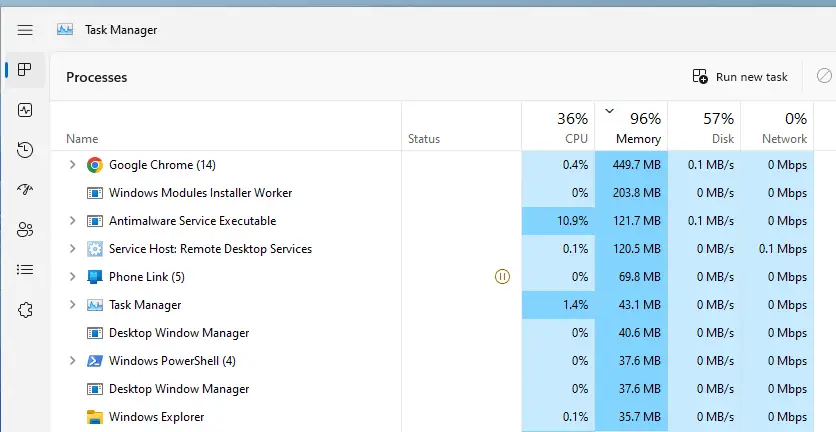Microsoft releases Windows updates for Office products and OS.
Most of them are done tofix security patches.
Every month there arecumulative and optional updates.

Before and After reduction in memory usage in Windows 10/11 – Video
In addition, new hardware also comes withautomatic updates.
These include drivers, graphic cards, intel systems etc.
But what happens when theupdates cause awryor problems instead of solving them?

You either need to uninstall them or wait for the next build.
One of the major risks is thehigh memory usage after Windows update.
Either it can be Windows 11 or 10!

File Explorer or Start Menu updatescan consume high memory.
Microsoft keeps testing the new features.
But if your system is not compatible then it can be an issue.

Before and After reduction in memory usage in Windows 10/11 – Video
Also, Virtual Machine installs are another serious trouble.
Configuration files need updates.
Since there are a lot of modules, even one wrong updated module can increase RAM.
Linux can show the exact memory, but Windows can report wrong memory.
How to Check High Memory Usage in Windows 11?
you’re able to also see the disk and internet activity.
According to optimal performance of Windows 11, you need 8GB of RAM.
If you are using a gaming laptop or workstation, you may need 16GB or 32GB.
They are the system requirements.
So dont expect to runWindows 11 on your old 2GB legacy system.
Browsers take a lot of memory including Chrome and Edge.
For example, my 16GB Metabox laptop has 60% RAM used up.
There are 4 Chrome windows.
In all there are just 10 tabs.
One Edge surfing app is also open.
But the Task Manager shows that 47 processes are running.
Half-the RAM always gets utilized for web client activity.
It is sparked by the Windows 11 File Explorers update.
It is based on the Windows UI library though the same design of Windows 10 is retained.
New tabs feature, icons, buttons all add up in the update.
The File Explorer of Windows 11 has come up with a new design.
It applies desktop background to File Explorer interface, fluent design etc.
This design is causing memory to increase on some systems.
The Windows 11 build 22454 is said to fix some of the problems.
The Windows Web Experience Pack from the Microsoft Store has to be the recent one.
Otherwise, you may face some issues.
In most cases, it is the problem.
Some Windows updates require that your software or OneDrive or Microsoft Store is up-to-date.
UWP apps might not open properly when Windows 11 has undergone gadget reset.
This update fixes it.
But if you still see some spike brought on by an app, reset it or repair it.
In worst cases, you could uninstall that app and reinstall it again.
If something is blocking the update, the resource can go high.
A virus or wrong malware could also block your updates making the memory go high.
The solution is to try the Microsoft drivers or legacy drivers.
If its taking less memory, then you might keep them.
Otherwise, update to the newest versions from the manufacturer page.
If the new driver updates fixes the RAM peak problems, then use that one.